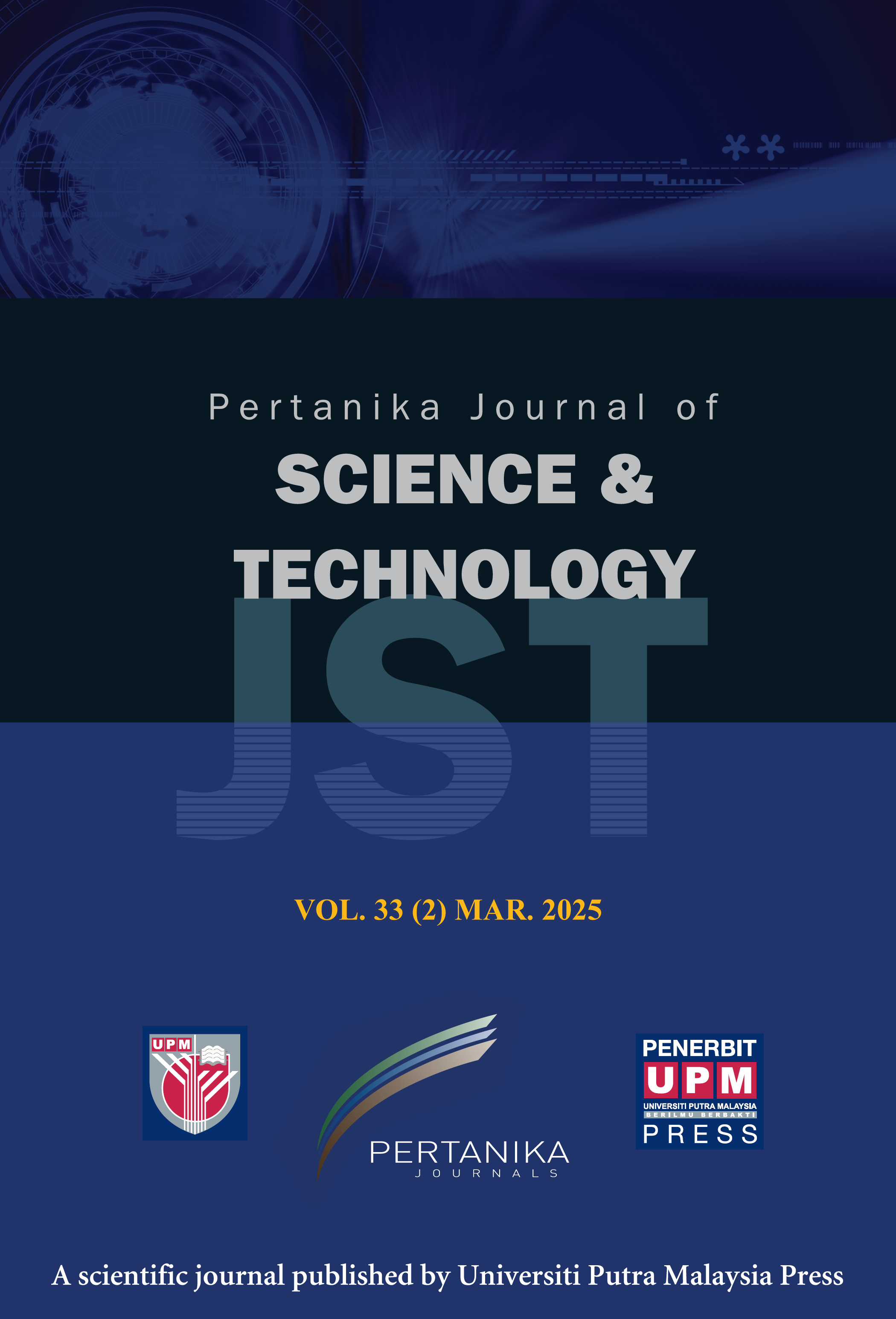PERTANIKA JOURNAL OF SCIENCE AND TECHNOLOGY
e-ISSN 2231-8526
ISSN 0128-7680
A Comprehensive Review of Tuberculosis Detection and Prediction Using Hybrid Machine Learning Models on Ziehl-Neelsen-Stained Microscopy Images
Nur Amirah Kamaluddin, Murizah Kassim, Nor Salmah Bakar and Shuria Saaidin
Pertanika Journal of Science & Technology, Pre-Press
DOI: https://doi.org/10.47836/pjst.33.6.03
Keywords: Convolutional neural network, hybrid machine learning, medical image processing, tuberculosis detection, Ziehl-Neelsen staining
Published: 2025-09-25
Tuberculosis (TB) remains a critical global health challenge, particularly in resource-constrained settings where timely and accurate diagnosis is essential for effective disease management and control. Traditional diagnostic methods, such as Ziehl-Neelsen (ZN)-stained sputum microscopy, are widely employed for detecting Mycobacterium tuberculosis; however, these techniques are inherently subjective and prone to variability due to their reliance on manual interpretation. In response, an increasing body of research has applied deep learning (DL)-based approaches to automate TB detection from microscopy images. This systematic review synthesizes findings from 67 studies that have explored various machine-learning techniques for TB diagnosis using ZN-stained images. A structured literature search was conducted across multiple scientific databases, including PubMed, IEEE Xplore, Scopus, and ScienceDirect. Studies were selected based on their focus on DL applications for TB detection using ZN-stained images. The reviewed methodologies encompass various stages, including image preprocessing, feature extraction, classification strategies, and performance evaluation metrics. Our review reveals that DL models, particularly those employing automated feature extraction and classification, are predominantly used, with some studies reporting accuracies of up to 100%. This review provides a comprehensive overview of state-of-the-art methodologies, including image preprocessing, feature extraction, classification strategies, and performance evaluation metrics. Notably, the evidence indicates that convolutional neural network (CNN)-based approaches offer the highest promise due to their robust ability to detect subtle features in stained images. Consequently, future research will focus on developing and optimizing CNN-based models to further enhance TB detection, ultimately improving diagnostic outcomes and supporting more effective TB control strategies.
ISSN 0128-7702
e-ISSN 2231-8534
Share this article

